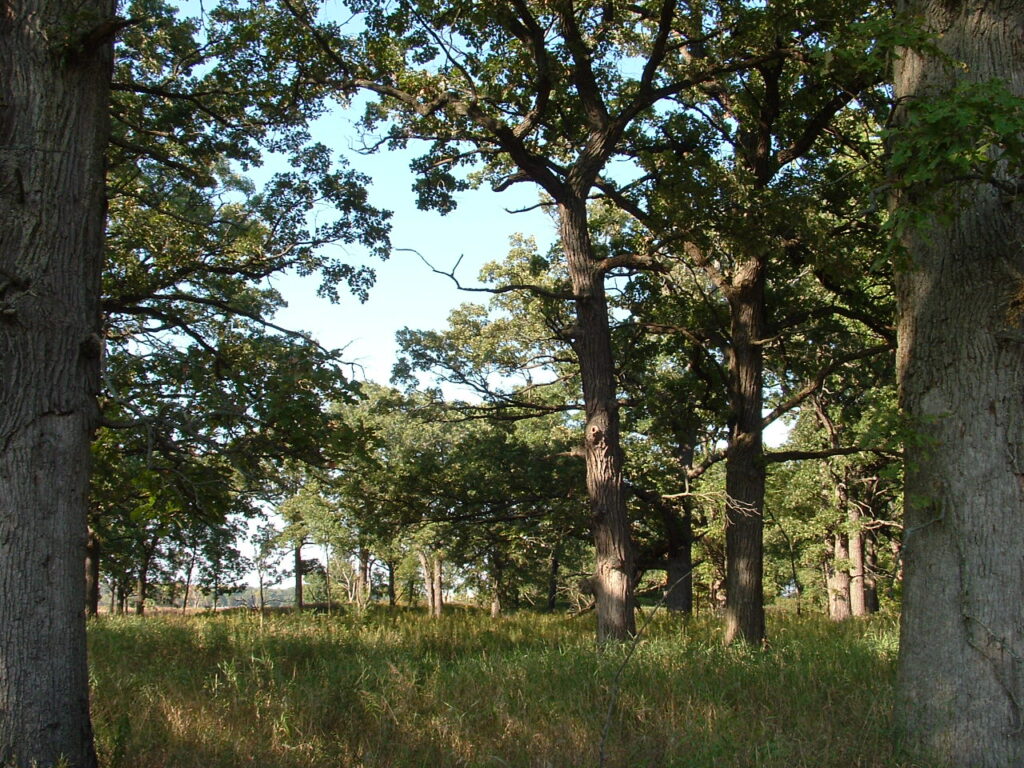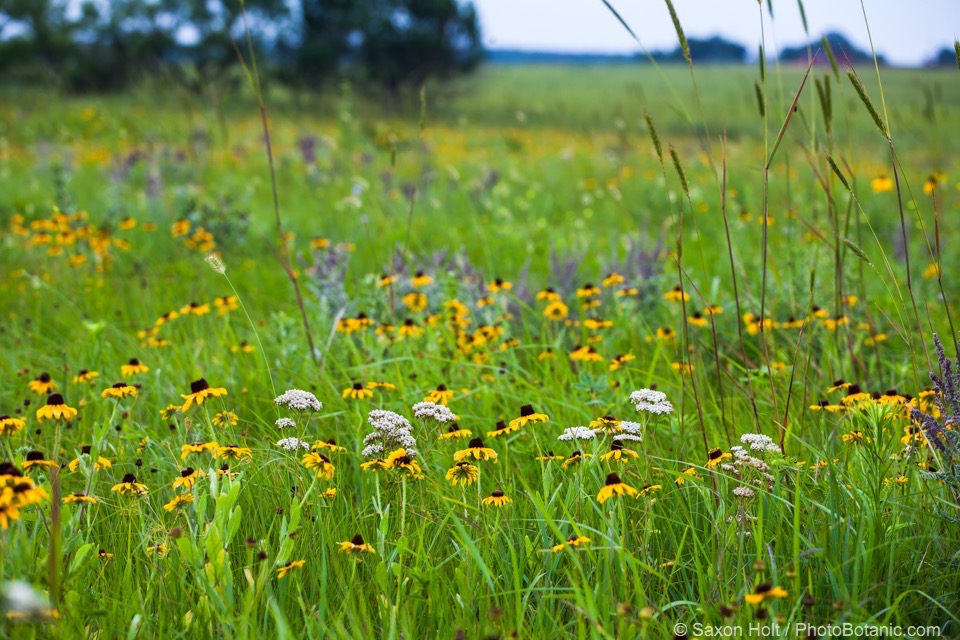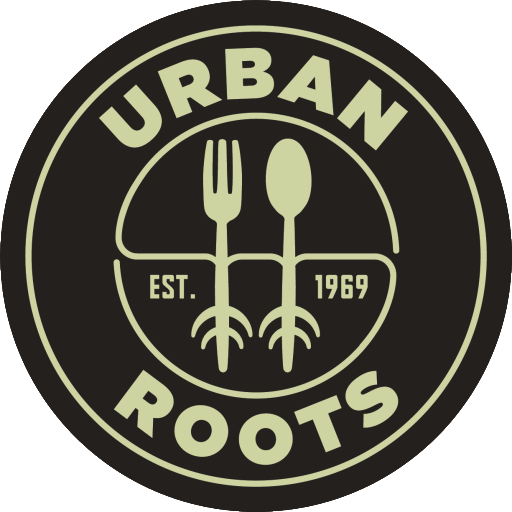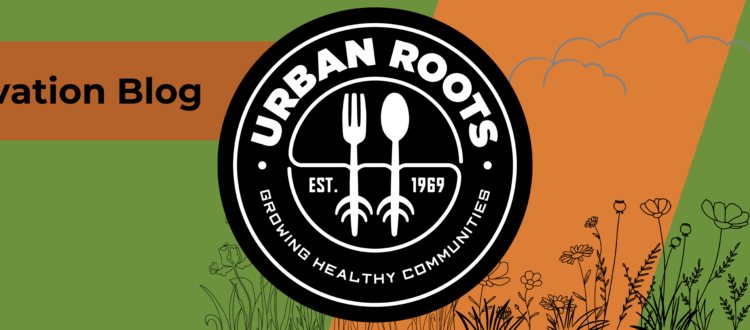Meet Your Native Plant Community
Written by Sam “Tree Guy” Mockert
The Upper Midwest is a spot with a lot of amazing and unique features. We sit between the Rust Belt and the Plains States, steward approximately 20% of the world’s fresh water, and host an astonishing amount of human and non-human history, and is home to a vast array of ecosystems not found in other parts of the world, from the Driftless region spanning from Minnesota to Illinois to Oak Savannas and Moraines leftover from when the region was dominated by glaciers thousands of years ago. This is a beautiful region little of which is acknowledged unless you grew up living amongst the bluffs and forests. A lot of that blame lies with us, unfortunately. In the last century and a half, European colonialism has resulted in the destruction of more than 99% of the original Tallgrass Prairie and 99% of the Oak Savanna that were predominant in the ecosystems of Minnesota remain intact today. Large scale farming, abandonment of traditional methods of land management, and introduction of invasive species have all contributed to the displacement of native plant communities and the continued threat to biodiversity to intact or established plant communities.

The disappearance of prairie ecosystems has resulted in increased erosion and runoff into waterways, loss of habitat for native species of pollinators, birds, and a general decline in biodiversity. A huge proportion of the agricultural land in the United States is used to raise cattle and other meat animals, which are far less efficient than most plant crops in terms of both water use and net calories per acre. Not only are we not using our farmable land efficiently, but recent studies have shown that the methods that we have used traditionally such as tilling, monocropping, and oversusing herbicides and pesticides could be migrated away from without necessarily decreasing crop yield or reliability. Cover cropping, pollinator planting, permaculture crops, and other methods that increase biodiversity and decrease runoff can be used to decrease the negative effects of large scale farming while maintaining many crucial aspects of the surrounding environment.

Thankfully, many organizations (including Urban Roots!) are helping to restore some of the indigenous ecosystem of the areas in which we live. Wakan Tipi Awayankapi are helping to restore an area of Bruce Vento Nature Sanctuary into a Oak Savanna ecosystem which was represented widely in the area between the northern pine forests and southern tallgrass prairie which is now the Twin Cities and surrounding areas. Additionally many cities, counties, and state entities are restoring public lands to a replica of tallgrass prairies in addition to protecting remnant prairies where they exist. Our youth frequently visit prairie restoration sites in the Twin Cities area including those stewarded by Three Rivers Park District, University of Minnesota, and a number of state parks in the area. Additionally, our youth gain appreciation of native hardwood forests and mixed deciduous ecosystems. We spend a lot of our time removing buckthorn from these areas which is a tough task but in areas such as Fort Snelling State Park and Crosby Farms Regional Park, the differences between unmanaged forests and restored forests with plenty of native understory species makes the difference night and day in terms of the health of the trees and the animal and insect communities of the ecosystems present.
Citizen-led initiatives are also an integral part of the shift towards healthier and heartier ecosystems. As restrictions on what homeowners can do with their lawns and houses are lifted in major urban areas, more and more lawns are being converted partially or completely into pollinator gardens or another lawn alternative. These micro prairies add habitat in urban areas that is otherwise sparse or relegated to designated conservation areas. Increasing species diversity and replacing typically nectar-poor species can be really important for conservation of endangered species insects such as the Rusty Patched bumblebee and the Karner Blue butterfly that are aided by having a higher number of specific species in more geographic areas. Additionally, as water requirements such as the Minnesota Department of Natural Resources requirements for impervious surface mitigation which often includes the addition of bioswales and other technologies that soften the impact of a built environment on the local ecosystem.
All of these developments come together in order to create a force against the disappearance of important ecosystems from the public and private sectors through incentives, interests, and regulations. It will take our whole society working together in order to save the integrity of our natural resources and fight against forces that would seek to repeal the positive steps that we have taken as a society. So go forth and plant weird, fun and beautiful native species in your yard and watch the insects that have coexisted with them for millenia flock to them and continue a cycle that is both ancient and renewed in our spaces.
If you feel inspired, please share your favorite natural areas in the comments below this post.

